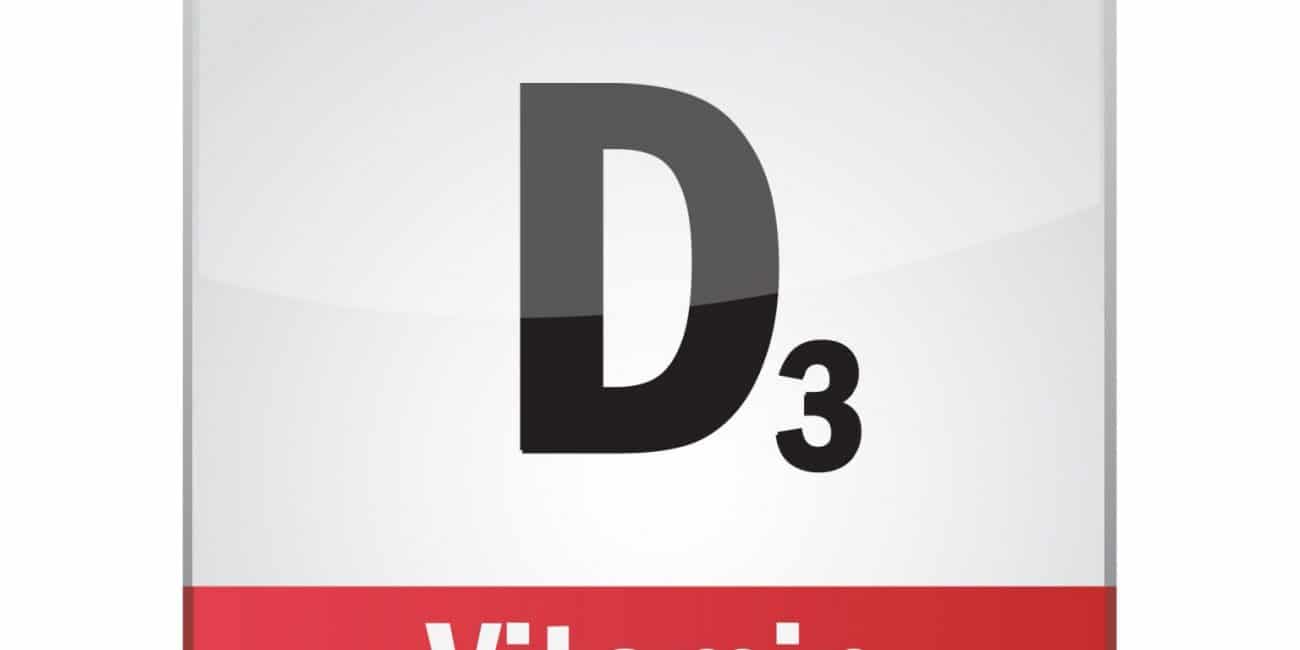Vitamin d deficiency : a major cause of chronic illness

Vitamin D deficiency and chronic illness
Vitamin D deficiency is very common and leads to many chronic illnesses.
There are so many vitamins and supplements on the market, all promising great results but out of all of them, vitamin D is the one that’s recommended most often by doctors. This recommendation is because, in recent years, doctors have begun to understand how serious a vitamin D deficiency is. Statistics also indicate that a severe deficiency in vitamin D exists among the adult population.
It seems that vitamin D deficiency affects those living in non-tropical environments the most, and is more likely to affect those with darker skin, since vitamin D is absorbed through the skin, from sunlight.
Dr Axe, a medical researcher, mentions on his website that according to the National Health and Nutrition Examination Survey (NHANES), 90% of people with dark skin (Blacks, Hispanics, and Asians) living in the United States are deficient in Vitamin D. A lower 75% of Caucasians have the same problem.
Obesity can also lead to vitamin D deficiencies. This is a factor in various chronic illnesses like autoimmune diseases, cancer, high blood pressure and more.
Vitamin D Deficiency and Hair Growth
Vitamin D is essential for the gastrointestinal absorption and your body’s ability to extract certain vitamins from the foods you eat. A deficiency in vitamin D affects bone density, and it can also affect your hair growth. It also plays a major role in facilitating gastric absorption, specifically helping your body absorb the magnesium, calcium, zinc and other minerals in the food you eat. These are minerals that increase bone density, bone strength and structure.
Recent studies reveal a connection between vitamin D deficiency and certain diseases. Your heart and skin can be affected by a lack of it, which can be quite dangerous. Additionally, low vitamin D has also been associated with premature ageing.
Studies also reveal that low vitamin D is related to hair loss. Vitamin D contributes to the process of hair growth, which means a deficiency interrupts it. Alopecia is often seen in children suffering from rickets, which is a condition that affects bone development.
Vitamin D functions for hair growth
Like most of the body, your hair is nourished and fortified by a wide range of nutrients that you consume. Vitamin D, however, plays a significant role in the health of your hair. Your hair has specific receptors (VDR genes) for vitamin D and your follicles use it for hair growth and strength.
Recent studies show that:
– Vitamin D plays a significant role in the hair follicle life cycle
– it helps with the absorption of calcium (essential for hair)
– Vitamin D activates receptors that manage hair growth
STRESS REDUCTION AND HAIR REGROWTH
Vitamin D (also known as the ‘sunshine vitamin’), is incredibly important for emotional health. It helps reduce depression and stress, and as you know, stress can lead to hair loss. Vitamin D keeps it at bay.
What is Vitamin D?
There is a correlation between obesity and lack of vitamin D. This is because Vitamin D is fat-soluble. The body stores it in the liver and in other fatty tissue. When an individual is overweight, the vitamin D in their body can be absorbed by excess fat, which leaves them with a deficit and all of the symptoms of vitamin D deficiency.
Within the body, vitamin D is turned into a secosteroid hormone. It has a marked effect on your immune system, blood pressure, mood, brain functioning and your body’s overall defences.
Clearing up confusion between Vitamin D2 and Vitamin D3
There is a lot of confusion between vitamin D2 and vitamin D3, which aren’t the same thing. Vitamin D2 is extracted from plants, while Vitamin D3 comes from animals. Further, vitamin D3 is thought to be most beneficial and easiest to absorb. Vitamin D3 (from animal products, especially the cholesterol) converts 500 times faster than D2. It’s closest to the vitamin D produced by sunlight and has been estimated to be four times more effective in humans than D2 is.
The sun – a natural and excellent source of Vitamin D
The melanin levels in our body determine the shade and tone of your skin. The more melanin, the darker the skin. The less melanin, the quicker you can absorb vitamin D from the sun.
Whenever you are out and in contact with the sun, it’s UV rays are absorbed by the skin and release vitamin D.
This occurs as cholesterol in your skin converts melanin into a usable form of vitamin D. It can then be easily distributed throughout the body.
Many people experience a slight or moderate rise in cholesterol levels during winter months. During this time, people are usually less exposed to sunlight and spend more time indoors, so cholesterol kicks in to help distribute vitamin D throughout the body.
Symptoms of Vitamin D Deficiency
Vitamin D deficiency is being taken much more seriously lately. That is because it brings with it certain health risks. Glucose intolerance is associated with a lack of vitamin D, as is muscles weakness and pain in the bones.
ACCORDING TO RESEARCH, THE FOLLOWING CONDITIONS ARE LINKED TO VITAMIN D DEFICIENCY:
- Arthritis
- Asthma (especially in children )
- Autoimmune diseases
- Autism
- Cancer
- Cardiovascular disease
- Chronic pain
- Depression
- Diabetes
- Fibromyalgia
- Heart disease
- High blood pressure
- Insomnia
- Multiple Sclerosis
- Old age cognitive impairment
- Osteoporosis
- Psoriasis
How to diagnose a vitamin D deficiency
Despite all the symptoms listed on this page, the only way to confirm whether or not you are deficient in vitamin D is to see your doctor. Doctors can perform a blood test, not only to identify whether you have a vitamin D deficiency but to what degree you have.
Various tests can be done to determine a vitamin D deficiency; however, some have proved inaccurate. Specifically, ask your doctor to perform a 25-hydroxoyvitamin D test. This test is also known as a 25(OH) D test, which is the most accurate of all of the tests.
Interpreting your Vitamin D results
- 50+ means you have a good level of Vitamin D
- 30-50 means that you need a little more vitamin D, this can be fixed by going outdoors when it’s sunny and adopting a diet high in vitamin D
- Less than 30 shows that you are extremely low on vitamin D – make sure you speak to your doctor or health professional about taking a higher dosage of vitamin D
Risk factors associated with vitamin D deficiency
Vegetarian diet
The most beneficial form of vitamin D in foods is found in meat and animal products. Vegetarians eat a plant-based diet which isn’t able to meet all of their vitamin D requirements.
Insufficient sun exposure
Climate and lifestyle factors can mean you don’t always get the sun exposure you need to maintain adequate levels of vitamin D.
Gastric absorption disorder
If you have a disease or medical condition that inhibits your intestines from properly absorbing vitamin D from the food you eat, you could be at risk for vitamin D deficiency. Cystic fibrosis is an example of such a disease.
Impaired kidney function
Your kidneys are the organs that convert vitamin D into a form that the body can use. If you are suffering from any type of kidney impairment, it could affect their ability to process vitamin D.
Dark skin
Dark skin has more melanin, which reduces how the skin reacts to vitamin D production. Having darker skin is proven to increase the risk of vitamin D deficiency.
Sunscreen
Those who use sunscreen are at risk of vitamin D deficiency as it prevents vitamin D production. Aim to spend 10-30 minutes of unexposed time in the sun daily (between 1,000 and 10,000IU).
In the past few years, I’ve spent time in the sun without sunscreen, but only during the early or late hours, when the sun isn’t too harsh. Our skin needs vitamin D and sunscreen products aren’t as beneficial as some of us believe. The body can’t process vitamin D when you apply sunscreen.
It’s still important to apply sunscreen during the middle of the day when the sun is at it’s strongest, but keep it in moderation.
Vitamin D deficiency treatment
The USDA recommends that adults take 600 IU/day of vitamin D but I’s recommend that you try to get 5,000 IU/day. There are even people who take a higher dosage for some time. The good thing is there is hardly any risk of overdosing on Vitamin D. The important thing is to get your vitamin D levels back to its normal level as soon as possible.
For effectiveness and the sake of your health, do your best to use high-quality supplements. I choose whole food-based multivitamins or a vitamin D supplement that includes K2 for easy assimilation in your body. During my research, I learnt it’s important to take those two companion ingredients together.
Top 16 Sources of Vitamin D (according to the USDA):
1) Sunlight – 10-20 minutes daily
2) Halibut – 3 0z. filet: 932 IU
3) Carp Fish – 3 oz. filet: 940 IU
4) Mackerel – 1 piece: 805 IU
5) Eel – 3 oz.: 792 IU
6) Maitake Mushrooms (Exposed to UV light) – 1 cup sliced: 786 IU
7) Salmon
8) Whitefish – 1 cup mixed and shredded: 696 IU
9) Portabella Mushrooms (Exposed to UV Light Exposure) – 1 cup sliced: 634 IU
10) Swordfish – 3 oz. filet: 556 IU
11) Rainbow Trout – 3 oz. filet: 539 IU
12) Cod Liver Oil – 1 tsp: 450 IU
13) Sardines – 1 can (3.75 oz): 178 IU
14) Tuna
15) Eggs – 1 large whole egg: 41 IU
If you would like to learn more about hair loss, please check out my hair loss causes page.
Or to discover more information about cleaning living and holistic lifestyle, explore my optimal health page.
My favourite Vitamine D brand
I have tried and tested many Vit D3 brands, but the one that stands out is the one of Metagenics which also contains K2. A very important carrier vitamin; Metagenics D3 10,000 with K2
Empowering others via my anti-ageing wellness platform and holistic health books
I hope you liked this vitamin D deficiency article. If you would like to learn more about my tips and tricks on how to live a toxin-free life or how I saved my hair from falling ensure to check out other pages of this anti-ageing wellness platform.
Or if you want to discover my no BS guides on how to regain your health, hair and life, ensure to check out my holistic anti-ageing wellness books
After a frustrating decade of battling several chronic illnesses, I became disillusioned with the medical system and decided to take my health into my own hands.
Now, through my books and wellness platform, I want to empower people around the world do the same and regain their health, hair, life and beauty!
Let me help you right now!
Receive YOUR Welcome Kit that includes a wide range of topics, from simple and easy healthy brain recipes to clean living, ditching toxic chemicals with loads of practical advice that you can implement immediately
.




